Aesthetics and a certain form of refinement might not be something modern humans associate with our ancestors, the Neanderthals and Homo sapiens. Popularly, they are depicted with a club in hand, but early jewelry findings show that they could just as well have had a bracelet around their wrist. For millennia, humans have adorned themselves with everything from body tattoos to chains and rings made from shells, animal teeth, and carved wood, stone, and bone beads. The interest in completing a style expression with jewelry runs so deep within us that today, one can even find jewelry in supermarkets. Despite the significant differences among humanity, jewelry is a common thread among all cultures and social strata.

The foundation for today’s jewelry expression was laid by the Bronze Age people, who learned to process metals and set items into them. With technological advancements, jewelry has been crafted from nearly every malleable metal, and set with gemstones, ornamental stones, wood, and porcelain; the only limit seems to be imagination. Fashion, in particular, has dictated the expression. But culture too. Early jewelry was characterized by a life filled with symbolism. Jewelry from Egyptian tombs, therefore, was designed in line with the most essential aspects of life. Hence, the scarab appears as a symbol of the sun, while there are pieces featuring bulls and lions representing strength. Power and dominance, as well as the underworld and eternity, are symbolized by the intriguing serpent.
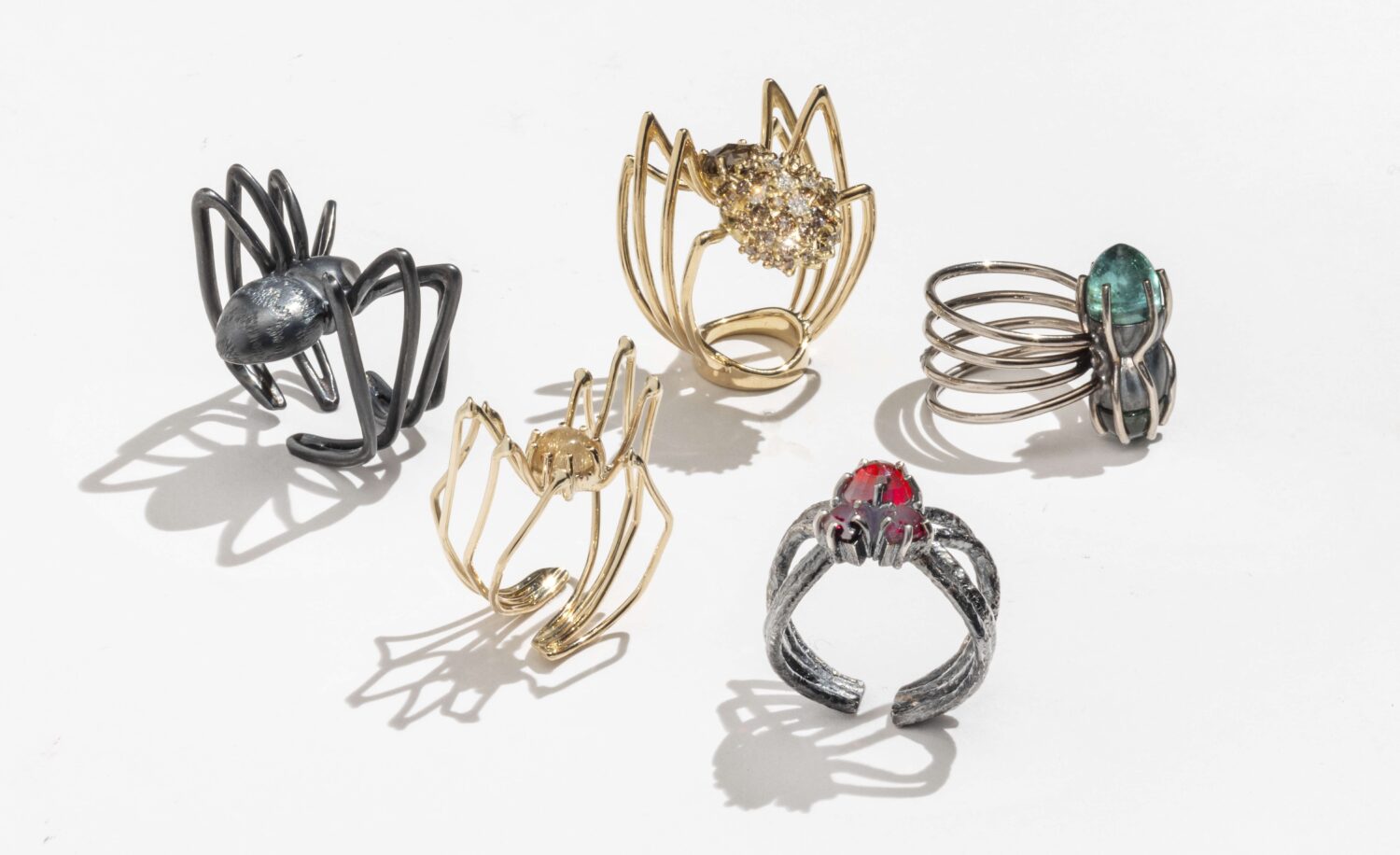
Symbolism is still prominent today, and the wedding ring is typically used as one of the most distinguished symbols of the idea of eternal love and fidelity. However, the simple gold band pales a bit when jewelry is used as status symbols, which they are equally often utilized for. In this context, they are usually lavishly adorned with pearls, diamonds, and gemstones. This perception stems from royalty and nobility, who throughout time have displayed their wealth and power with expensive crown jewels worth millions. Today, it’s not only monarchs but also international superstars who dazzle with renowned jewelry companies’ resplendent gems as they parade on the red carpet at premieres and galas. Similarly, jewelry can send a clear message about religious beliefs in the form of crosses, rosaries, amulets, and talismans, but also professions through mayoral and judicial necklaces. Likewise, signet rings and emblems can also reveal affiliations.
The Golden Age of Jewelry Design
Though jewelry was an early part of human history, jewelry design as we know it began to particularly flourish at the end of the 17th century. Europeans began importing materials such as pearls and gemstones from the East and South America, and concurrently, jewelers developed a new imaginative jewelry style. Mythological and exotic animals from the newly-conquered worlds, often in three-dimensional shapes, now adorned royalty and the wealthy, who were the groups that could afford these precious jewels. Drawing inspiration from discoveries continued to be a major source of inspiration for jewelry design. For instance, in the 18th century, as visiting Pompeii became popular, jewelers crafted pieces made of small mosaics akin to the walls, floors, and ceilings of the ancient villas

No period in history surpasses the 19th century in terms of innovative design and techniques. During industrialization, the upper and middle classes had acquired wealth, which they spent on fashionable, unique jewelry. The imagination seemed limitless, and the jewelry took the shape of all kinds of reptiles that crawled around necks, shoulders, arms, and fingers. The snake was a recurring motif, and it became especially popular when Queen Victoria wore a snake bracelet at the opening of Parliament in 1837, and even more so when Prince Albert, symbolizing eternal love, gifted her a snake ring for their coronation.
For these distinctive pieces, jewelers drew inspiration from the archaeological excavations of the time, the opening of the Suez Canal, and notably the premiere of Verdi’s opera Aida in Cairo, which nearly explosively initiated the Egyptian look with turquoises, gold, and plenty of colors. The numerous hunting expeditions to India fashioned a trend with tiger claws, while flying and crawling insects were used to reflect a romantic interest in naturalism. Japan had been closed off but introduced an entirely new design style, Japonisme, where, for instance, the goldfish became a prominent jewelry motif. An oriental expression also became popular and manifested itself on robes in the form of a plethora of tropical birds set with cloisonné enamel.
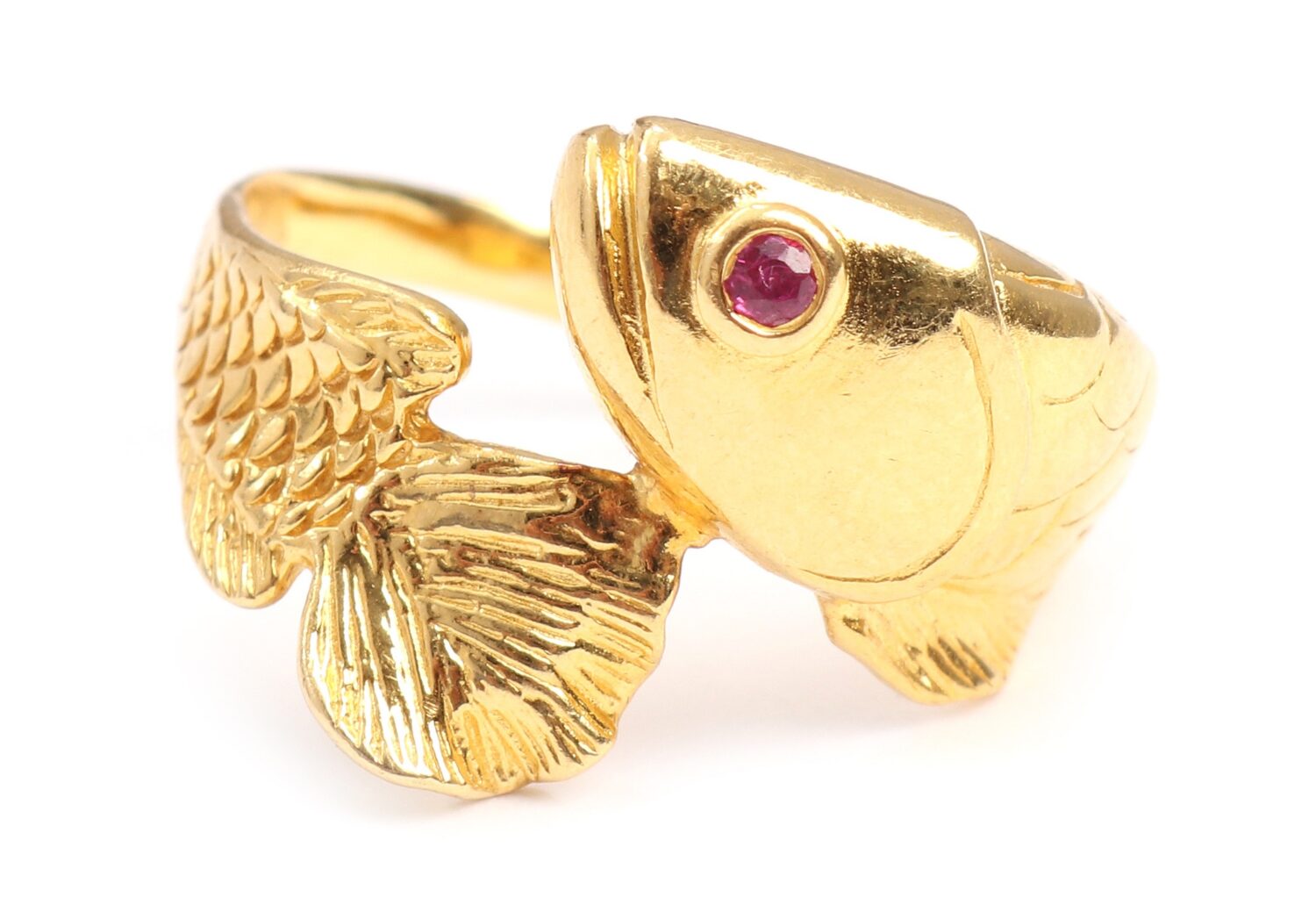
The daring jewelry experiments continued during La Belle Époque (1871-1914). Jewelry was now adorned with bows, knots, tassels, and garlands. Colors faded away, replaced by a white look with shining diamonds set in platinum. During this period, Art Nouveau (1896-1910) emerged, with jewelers focusing on the artistic aspect of the piece. Prominent artists like René Lalique, Henri Vever, and Georges Fouquet, sought to reproduce nature and animals with natural forms, structures, and movements. Some were so dedicated that they even brought animals into their workshops. To instill a particular liveliness, the materials were expanded to include the transparent plique-à-jour enamel, horn, and iridescent colors. The butterfly’s large wings, in particular, served as a beautiful palette full of colors from enamel, diamonds, and gemstones. The insect, along with the dragonfly, was often transformed into fantastical creatures or morphed into women, representing a graphical metaphor for the changing role of women in society with the advent of the women’s movement.
With the onset of the Art Deco period (1910-1940), these lifelike forms were replaced by graphic abstractions, with diamond cuts in straight lines known as baguette, trapezoid, table, and square. The sharply cut, shimmering stones were combined with semi-precious stones to create a chromatic effect but also with enamel colors, which were narrowed down to red, black, and white. With the discovery of Tutankhamun’s tomb in 1922, an Egyptian expression once again stepped into the world of jewelry art, as the hieroglyphics perfectly suited the style.

Ups and Downs
The entire jewelry industry underwent a transformation following the stock market crash of 1929. Throughout the 1930s and 1940s, jewelers followed the possibilities within industrialization. Simultaneously, they looked towards the emerging modernism by creating three-dimensional and naturalistic jewelry expressions with material choices like gold and colored stones such as amethysts, citrines, and tourmalines. Jewelry now moved up to the shoulders, and instead of shaping bracelets, chains, and brooches as animals, the animals now sat atop the jewelry in dynamic positions. However, this was less so during World War II, where several birds found themselves caged in gold, only to melodiously fly out once the war ended. Additionally, the dove emerged as a symbol of peace in jewelry art after the war.
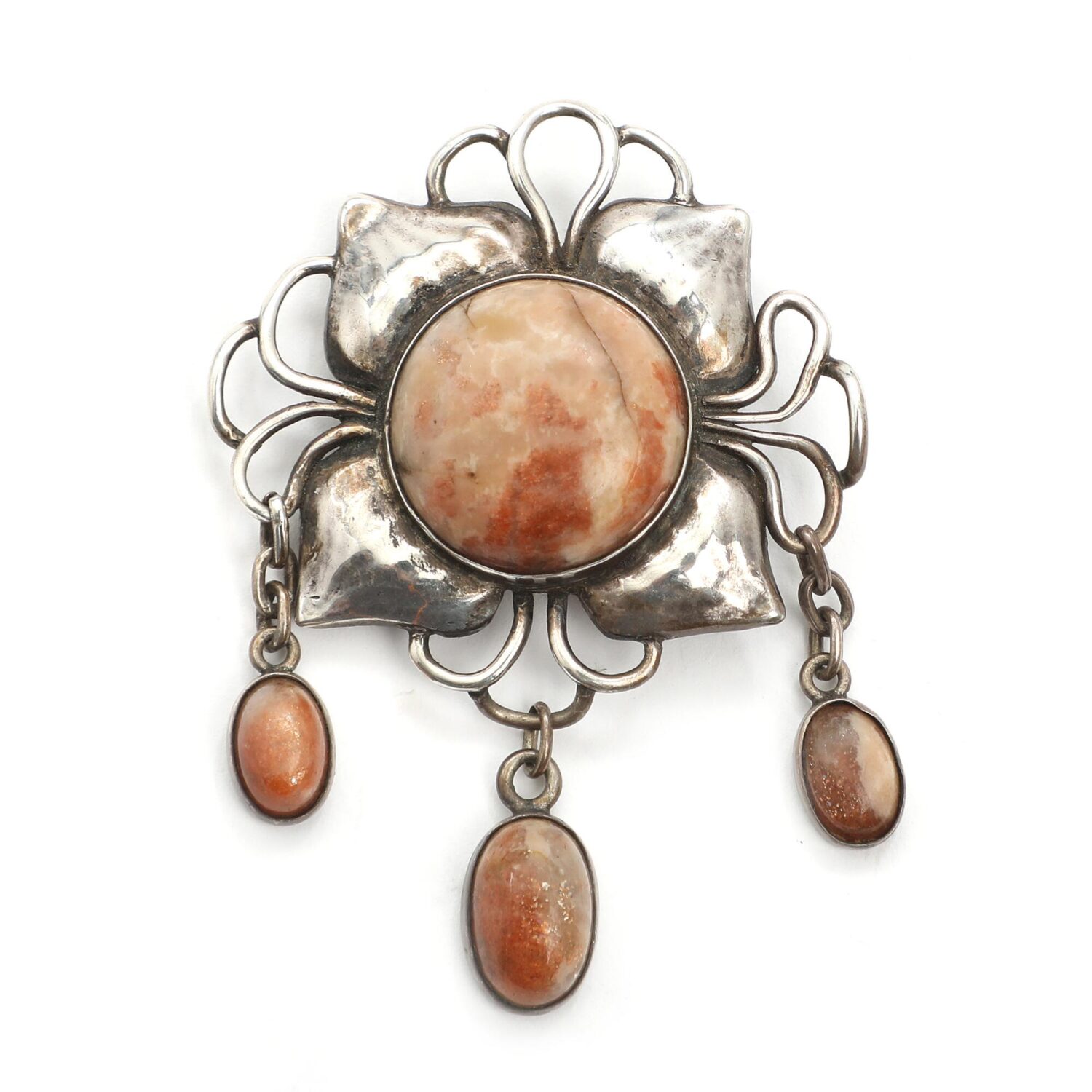
During the economic boom of the 1950s and 1960s, the new affluent middle class once again had the means to afford jewelry with gemstones, suitable for both everyday wear and special occasions. Jewelry workshops flourished reminiscent of the golden age of jewelry in the 19th century. This time, the style was glamorous, influenced by film stars, with artistic jewelry full of color contrasts and inspirations drawn from the tropics to Antarctica. Jewelry could be worn everywhere and was crafted in unconventional materials like watermelon tourmaline, and in humorous shapes such as balloon fish and starfish with movable arms. In the 1970s, interest in jewelry dipped again due to the oil crisis and the generally poor economy. Instead of the vibrant expressions from the previous decades, jewelry now primarily offered a minimalist diamond design versus large gemstones in flexible cords. The gemstone look made a comeback in the 1980s, where yuppies fully embraced elegance and lavish jewelry returned in both traditional and unconventional materials like malachite, lapis lazuli, chalcedony, mother-of-pearl, moonstone, and even titanium.
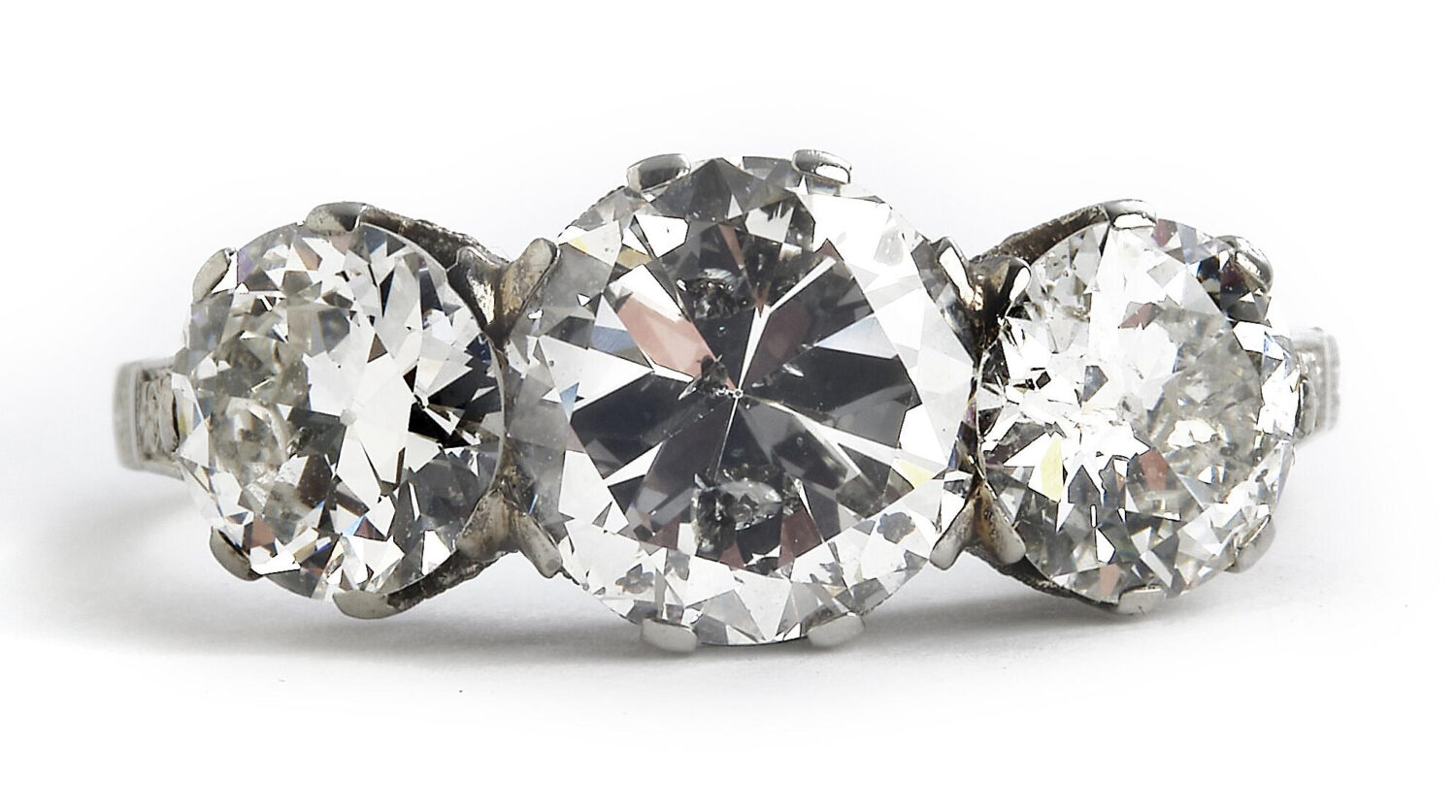
Diamond Fever
While style history is represented in jewelry, and those crafted by famous and skilled designers can be viewed as miniature artworks on clothing and body, certain pieces are more coveted than others. The explanation lies in the stones. With the song “Diamonds are a girl’s best friend,” Marilyn Monroe in the 1953 film “Gentlemen Prefer Blondes” etched herself into the annals of eternally quoted phrases. This was complemented by “Diamonds are forever,” the title of a 1971 James Bond film. Ever since the invention of diamond cutting, which created an optical effect allowing light to brilliantly refract within the facets, some of these gems became so valuable that they served as investments. One of the most famed diamonds, the Krupp diamond of 33.19-carats, was purchased by actor Richard Burton for Elizabeth Taylor in 1968 for $300,000. By 2011, the now-renamed Elizabeth Taylor diamond sold for over $8.8 million. The price underscores the immense interest in diamonds, even though demand skyrocketed and they became overexposed during the luxury and logo-centric culture of the 1980s. Surprisingly, hip hop culture made these dazzling stones mainstream, introducing ‘bling,’ as diamonds adorned teeth and caps, as much as they did fingers and ears. Their imitation versions did not dampen their appeal, even as they reached new societal groups, ensuring they weren’t just associated with Hollywood celebrities. Diamonds also became unisex, as stars like footballer David Beckham and singer Justin Timberlake reintroduced them. This transition made the diamond a gem for many, and today, it remains one of the most utilized precious stones. Nonetheless, its value is always contingent upon the four Cs – cut, color, clarity, and carat.
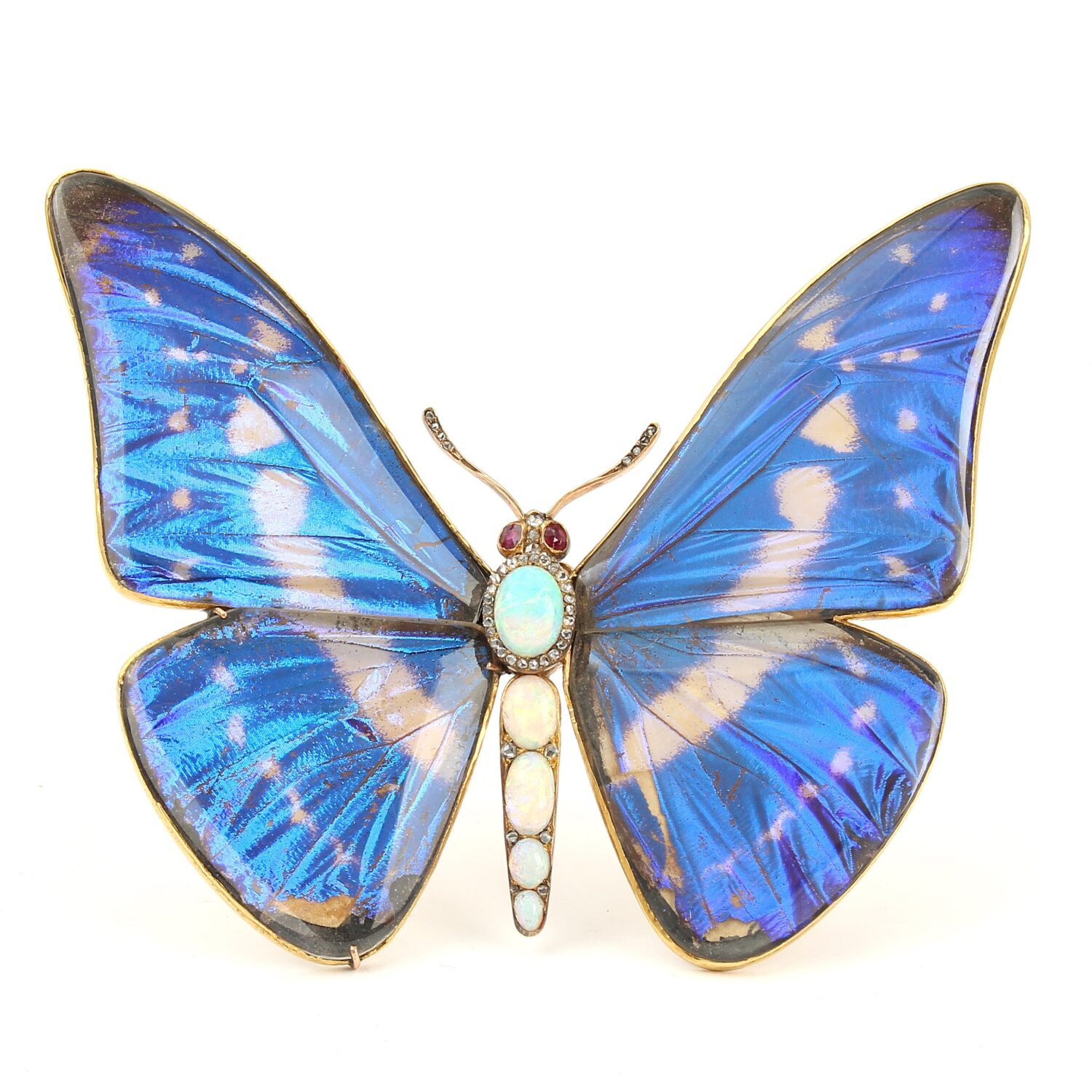
Eco-friendly Jewellery
With the varied expressions and long history of jewellery reflecting time-specific influences, there are countless other original ways to adorn oneself beyond just the diamond. Prices are influenced by current trends and the jeweler behind the piece, but while Art Deco jewelry is fetching high bids at auctions right now, Art Nouveau pieces aren’t doing so to the same extent. Thus, there’s a great opportunity to discover jewelry gems that aren’t priced in the millions, but instead – in keeping with the times – in the recycled category, ready for a new life. This approach can also benefit the climate footprint. Most of the gold mined globally is found in ore, and extracting it requires significant energy. This is true for most precious metals. In this context, it makes sense to melt down and repurpose old jewellery if, for instance, grandma’s brooch design isn’t to one’s liking.
Other alternatives to traditional jewelry production can be seen with contemporary jewelry artists who craft pieces using natural materials like leather, horn, bone, or wood. While these materials may not have the same lasting quality as precious metals, they fulfill the same primary function: adornment. At its core, the best jewelry investment lies in good design that can endure through generations, where emotions and history preserve the value of the piece
Theme: Contemporary Jewellery Art
Can Danish jewellery art reinvent itself when the artistic education has been shut down, and the field doesn’t have a dedicated professional museum in Denmark?
What traditions and stories does Danish jewellery art build upon? How does the industry relate to contemporary demands for sustainability and new consumption patterns? Does jewellery still have a place in a world of abundance, climate anxiety, and discontent?
All signs indicate that Danish jewelry art is finding its own way regardless. Formkraft focuses on Danish jewellery art with articles from August – September – October 2023.
Search the archive
The Formkraft archive holds a treasure trove of articles about our shared history of crafts and design. These articles tell the story of professional development and Danish cultural history from 1948 to the present. Search for various topics in the archive or browse through the journals on the Journal Shelf.
Universal design with artistic qualities by Anni Nørskov Mørch, freelance curator and writer
Receive a newsletter
Sign up for Formkraft’s newsletter and receive information about new articles as well as tips on relevant conferences and books. Sign up here.

